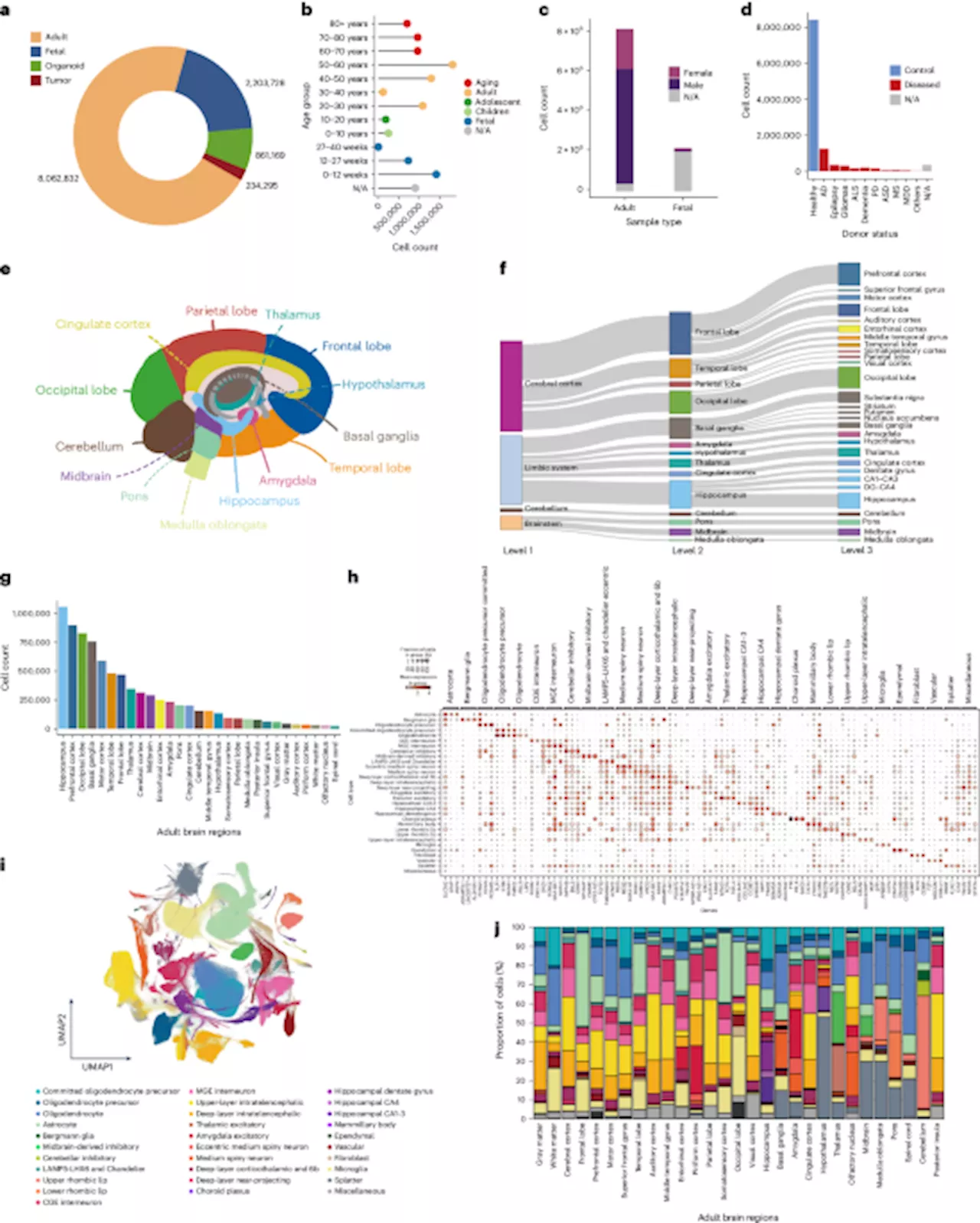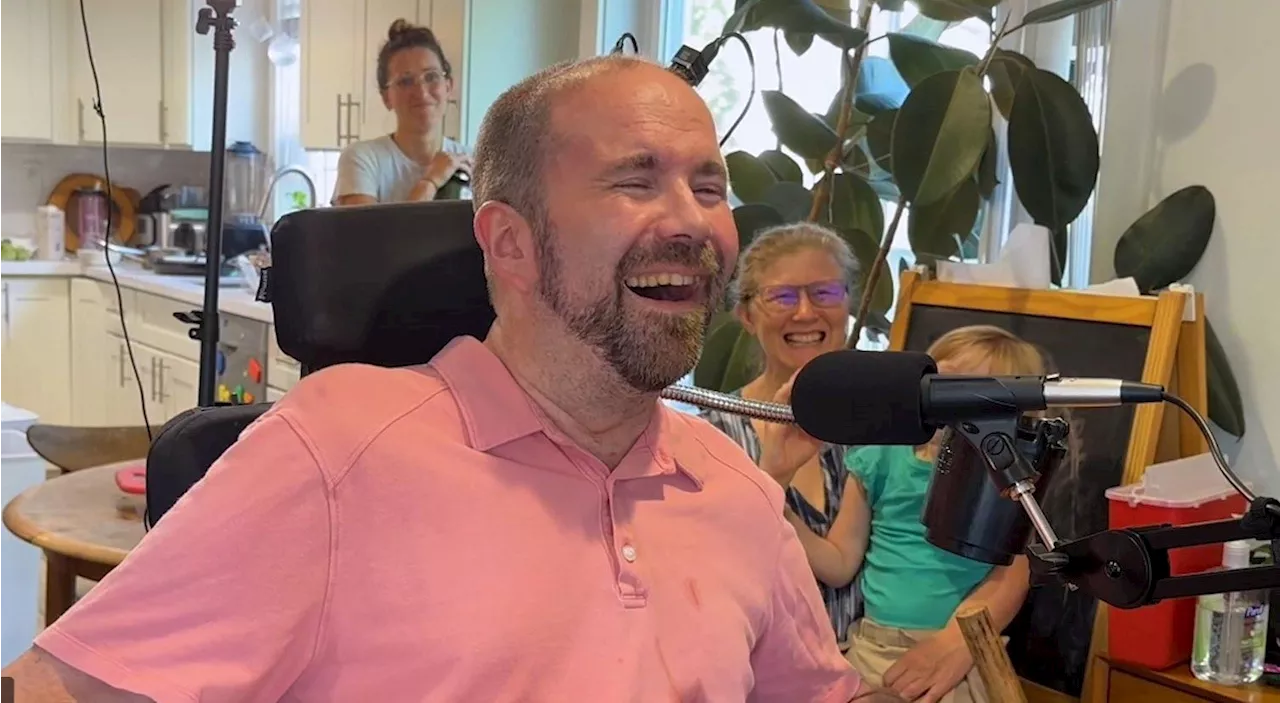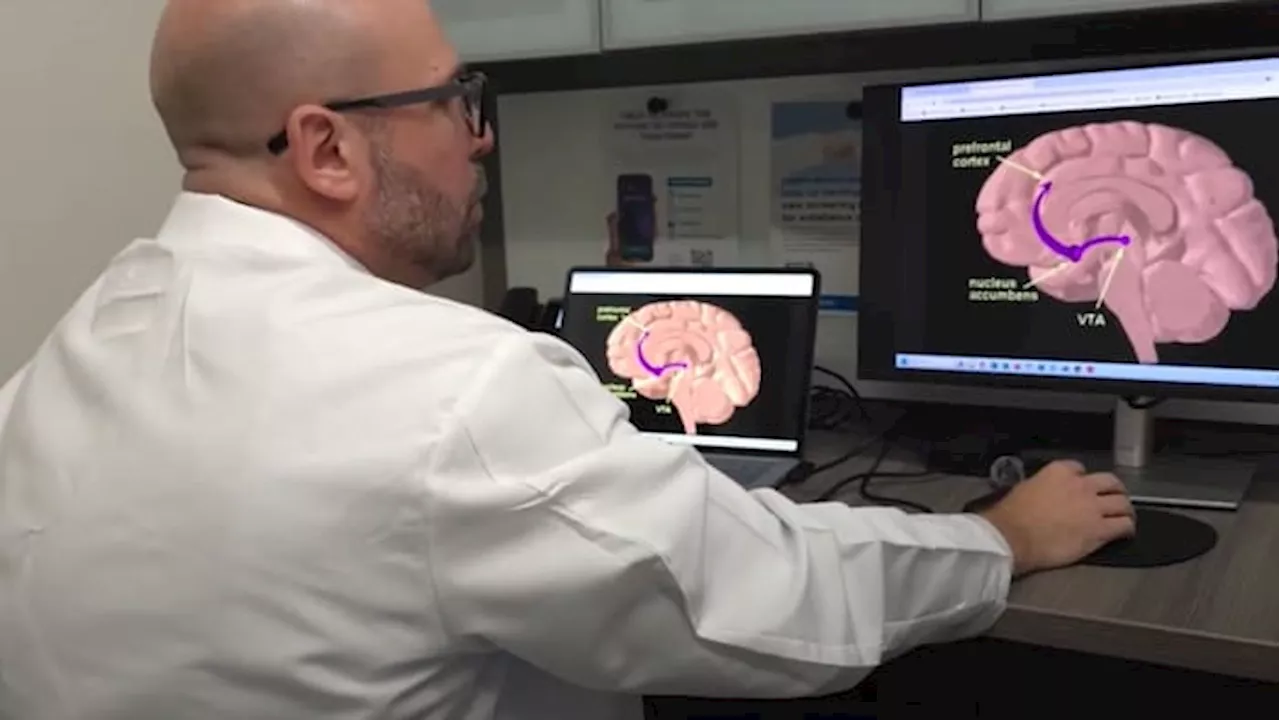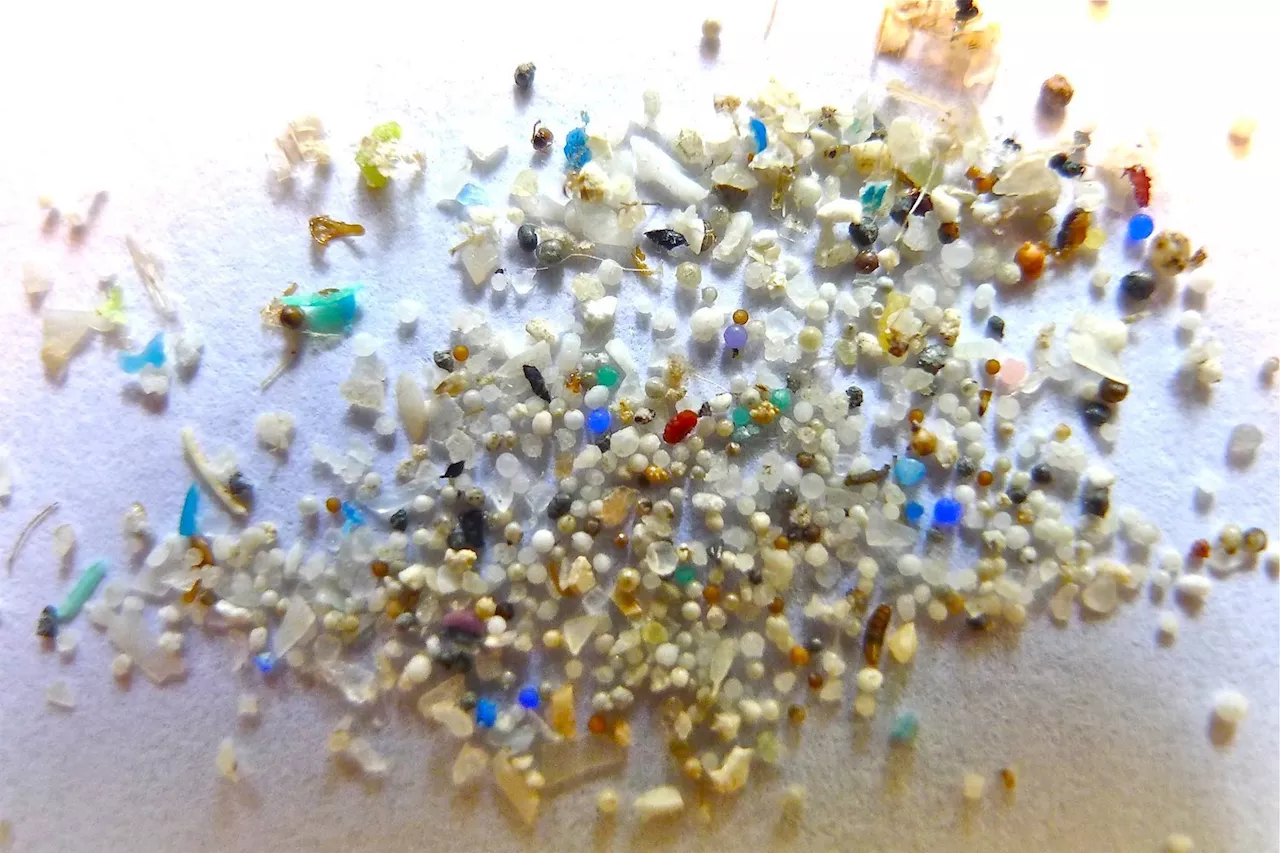The tiny, omnipresent pieces of plastic are linked to a wide array of health problems in humans and animals.
, scientists report that brain samples taken from cadavers had an average of 0.48% of their weight made up of microplastics, meaning pieces of plastic that are smaller than 5 millimeters.
The study has yet to undergo peer review; it’s hosted online as a preprint on the National Library of Medicine website.The Guardian. “There’s much more plastic in our brains than I ever would have imagined or been comfortable with.” The researchers analyzed autopsy samples of human livers, kidneys, and the frontal cortex of brains taken from a medical examiner’s office in Albuquerque, New Mexico, between 2016 and 2024. Over that eight-year stretch, they found that the levels of plastics in every organ had risen, but most alarmingly in the brain, where the amount of plastic found in 2024 was, on average, 50% higher than in 2016.
The most common plastic found in the organs was polyethylene, the polymer that is commonly used to make plastic bags and bottles. “Results demonstrate that are selectively accumulated into the human brain and concentrations are rising over time,” the researchers wrote., so it was known this accumulation could happen to humans, too—but exactly how much was getting into our gray matter was up for debate.disorders.
The researchers noted that the rise in microplastics over time aligns with a global increase in the rates of Alzheimer’s disease and other dementia conditions. “I don’t know how much more plastic our brain can stuff in without it causing some problems,” Campen said.that humans put into their bodies, including toothpaste, beer, honey, salt, sugar, as well as both tap and bottled water. That’s not even counting the invisible plastic particles in the air, which we regularly breathe in.
United States Latest News, United States Headlines
Similar News:You can also read news stories similar to this one that we have collected from other news sources.
 A brain fingerprint: Study uncovers unique brain plasticity in people born blindNeuroscientists reveal that the part of the brain that receives and processes visual information in sighted people develops a unique connectivity pattern in people born blind. They say this pattern in the primary visual cortex is unique to each person -- akin to a fingerprint.
A brain fingerprint: Study uncovers unique brain plasticity in people born blindNeuroscientists reveal that the part of the brain that receives and processes visual information in sighted people develops a unique connectivity pattern in people born blind. They say this pattern in the primary visual cortex is unique to each person -- akin to a fingerprint.
Read more »
 Dopamine physiology in the brain unveiled through cutting-edge brain engineeringResearchers have discovered a new correlation between neural signaling in the brain and dopamine signaling in the striatum. The human brain requires fast neural signal processing in a short period of less than a second.
Dopamine physiology in the brain unveiled through cutting-edge brain engineeringResearchers have discovered a new correlation between neural signaling in the brain and dopamine signaling in the striatum. The human brain requires fast neural signal processing in a short period of less than a second.
Read more »
 Dopamine physiology in the brain unveiled through cutting-edge brain engineeringResearchers have discovered a new correlation between neural signaling in the brain and dopamine signaling in the striatum. The human brain requires fast neural signal processing in a short period of less than a second.
Dopamine physiology in the brain unveiled through cutting-edge brain engineeringResearchers have discovered a new correlation between neural signaling in the brain and dopamine signaling in the striatum. The human brain requires fast neural signal processing in a short period of less than a second.
Read more »
 A brain cell atlas integrating single-cell transcriptomes across human brain regionsWhile single-cell technologies have greatly advanced our comprehension of human brain cell types and functions, studies including large numbers of donors and multiple brain regions are needed to extend our understanding of brain cell heterogeneity.
A brain cell atlas integrating single-cell transcriptomes across human brain regionsWhile single-cell technologies have greatly advanced our comprehension of human brain cell types and functions, studies including large numbers of donors and multiple brain regions are needed to extend our understanding of brain cell heterogeneity.
Read more »
 New Brain-Computer Interface Converts Brain Signals Into Speech With up to 97% AccuracyScience, Space and Technology News 2024
New Brain-Computer Interface Converts Brain Signals Into Speech With up to 97% AccuracyScience, Space and Technology News 2024
Read more »
 Meth can damage brain like traumatic brain injuries, one treatment is helping with bothUsing meth for a long time or in high quantities physically damages the brain so much, researchers have equated it to a traumatic brain injury. A simple behavioral therapy technique that's been around for decades is now being used to treat both issues.
Meth can damage brain like traumatic brain injuries, one treatment is helping with bothUsing meth for a long time or in high quantities physically damages the brain so much, researchers have equated it to a traumatic brain injury. A simple behavioral therapy technique that's been around for decades is now being used to treat both issues.
Read more »
